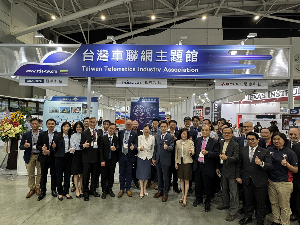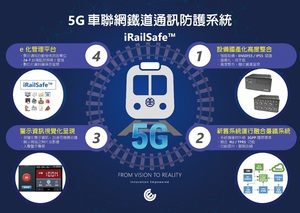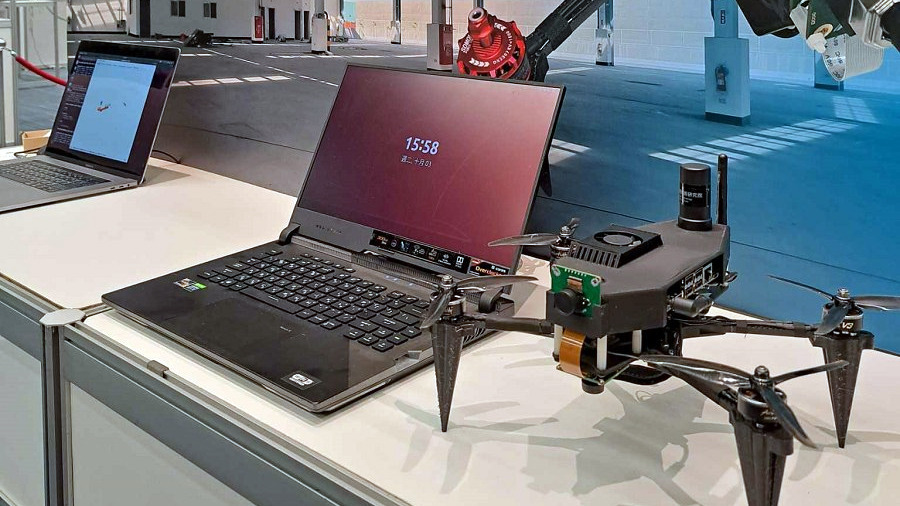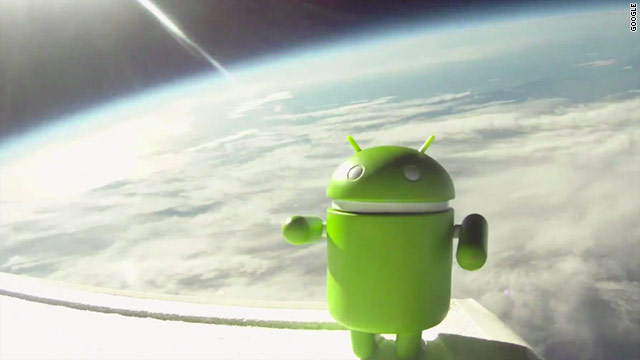A new patent application of Apple's surfaced this morning that generally relates to display devices and, more specifically, is focused on providing developers with a means of pre-testing a fully functional software package for a new display standard before the hardware is introduced to market. If Apple is going through all this trouble of assisting developers test for a new display standard, wouldn't that mean that there's a new display standard is in the works?
Patent Background
As display technologies continue to advance, newer display standards are constantly being developed. However, due to the nature of the development cycle, the development and testing of software infrastructures for new display standards generally lags with respect to the hardware development. This is due at least partially to the fact that software development of drivers and related applications for a particular display standard is largely dependent on having a hardware platform available to perform proper testing, debug, verification, benchmarking, and so forth, of the software infrastructure.
Further, due to the offset in the hardware and software development cycles, substantial progress in the development of software for a new display standard may, in some instances, occur only after the display hardware itself has been implemented. As such, software developers are given relatively little time to develop a fully functional software package for the new display standard before the hardware is introduced to the market. Additionally, even if software developers are able to provide a full software package that coincides with the introduction of a new display standard to the market, there may not have been sufficient time to fully test, debug, and/or verify the software and hardware infrastructures for the new display standard.
Patent Summary
Apple's patent generally relates to techniques for simulating displays in a computing system. In one embodiment, a display simulator application is provided having a flexible design for emulating and/or supporting any number of display types and/or display standards. The display simulator application may be configured to execute on a variety of platforms, and may provide one or more generic virtual display ports and reference frame buffer drivers. Depending on a display profile selected and/or provided by a user, a virtual display may be implemented by configuring the reference frame buffer driver (which may include a virtual graphics processing unit, a virtual frame buffer driver, and a virtual frame buffer), in accordance with the selected display profile. The reference frame buffer provides an abstraction layer, such that from the view point of an operating system, the virtual display appears as a physical display on the computing system. The display simulation system may, therefore, allow a user to interact with the virtual display, thus facilitating software testing, verification, benchmarking, and/or development.
Apple's patent FIG. 8 provides us with a view of a system diagram of a display simulator application. As an example, FIG.8 is configured to provide for the simulation of a DisplayPort display device. In FIG. 10 we see an iMac with a virtual VGA window 140 alongside a virtual DisplayPort display device 142.
Is Apple Working on a New Display Standard?
Considering that Apple introduced DisplayPort in January 2009 and this patent application's filing is noted as only being made in mid 2009, one could deduce that the patent is really about supporting a next generation display standard and not DisplayPort. Apple's display simulation system was designed to assist developers prior to a new standard coming to market thereby eliminating DisplayPort as the new standard. The question now is: what could that new standard be?
Apple credits Maciej Maciesowicz, Carol Lavelle, David Curran and Jimingas Sun as the inventors of patent application 20100321395, originally filed in late Q2 2009.
Another Noteworthy Patent Application Published Today
Apple has filed patent application 20100321609 titled "Edge-lit Backlight Unit with Thin Profile." It's a patent that provides us with yet another glimpse of Apple's fanatical attention to detail in respect to delivering the very best displays for their mobile devices – be they MacBooks or iOS devices. If you wish to go down the rabbit hole, there's a lot to discover here, but it's not reading for everyone.
Apple patent states that their edge-lit backlight unit includes a light guide that receives light from a light source, and emits this light in a broad distribution to a turning film. In one embodiment, the light guide includes anisotropic optical elements that refract light such that the light emitted to the turning film falls within a broad distribution, such as over a range of approximately fifty degrees. Additionally, the turning film may be configured to redirect this broad distribution of light toward a normal direction with respect to the backlight unit. In one embodiment, an edge-lit backlight unit may exhibit increased luminance, improved viewing angles, or both when compared to conventional edge-lit backlight units. Additionally, in one embodiment, the edge-lit backlight unit may be thinner than certain conventional edge-lit backlight units.
Apple credits Jun Qi, Victor Yin and John Zhong as the inventors of this patent which was originally filed in late Q2 2009.
(patentlyapple)
















